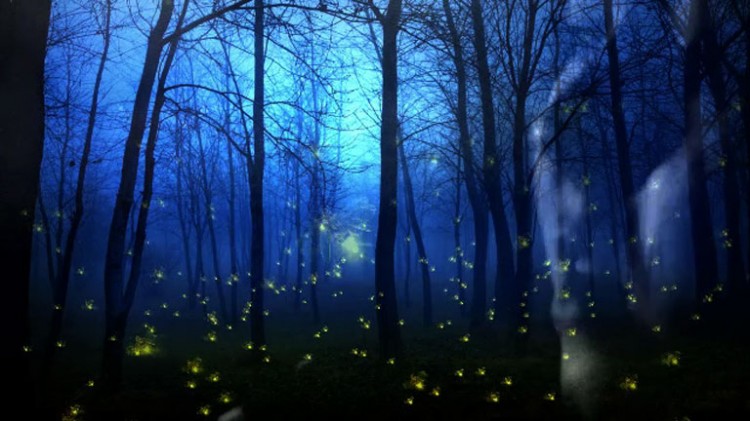
So recently I’ve found myself back doing this ‘VJing’ thing again and it’s making me reflect on the whole scene a bit. It’s something I first started doing back in 1995 when no one knew what a VJ was. When it first became a job title it felt like some sort of apology that you made when girls (or guys) approached you in the VJ booth or an attempt to enshrine the art of improvised moving image manipulation in concord with music to the glamorous status of the DJ. This was before DJ Magazine started giving out awards for the person in the dark behind a laptop next to the DJ (or often in the corner of the DJ booth) and before people started putting the initials before their name. In fact one of the first to do it was my former intern at HyperJAM and 2 times DJ Magazine award winner “VJ Anyone” or Olivier Sorrentino as we all knew him then. And it kind of worked. He became one of the first super-star VJs – well maybe not so super. He’s now changed his name again, by the way, to Oli Sorenson and is doing more (really interesting) gallery work.
I too moved away from the whole thing, but before it really got going. I was making work in theatre and dance with a particular focus (when the opportunity arose) on physical interaction by dancers, performers and, in installation work, audiences. This introduced me to Mark Coniglio’s amazing Isadora programme. I first started using it because it allowed me to do complex and simple things with images/video and sound that could be controlled by the movement of performers and audiences via a range of sensors like video cameras, pressure activated floor mats and, more recently, the X-Box Kinect. Before that I was making new hacks in CD-ROM authoring software Macromedia Director and it’s MIDI Library for every show. For the techies, geeks & VJs reading, yes it means also having CV to MIDI hardware, which I continued to use in installation work with Isadora for analogue switches & sensors like floor pads and alarm system PIRs. Lately I’ve been using Isadora in my live performances because it allows to take my own approach from theatrical work into the arena usually occupied by “VJs”. Building custom set-ups rather than using any of the numerous VJ applications out there.
There really are a lot of commercial and free/share-ware packages available now along with hardware and iPad based controllers so you’re not trying to do everything with a mouse. It’s a real industry now, but back in the day it was 3 video decks and a video mixer with some built in effects. You’d make your loops on your computer in Adobe After Effects and the like and then record them onto 30mins of VHS tape. In performance you’d mix between 2 decks (and maybe a live camera feed) and use a 3rd deck for rewinding your tapes! The biggest thing VJs lugged around therefore was their box of tapes – in addition to those 3 VHS players! Later we started using scan converters to plug the display output from our computers into the video mixer so we could play a few things in QuickTime player. This was particularly useful when for Club 21st Century (featured on BBC1’s “Tomorrow’s World”) I invited audiences – well maybe geeks and web designers – to send images over the Internet to use in my VJ sets.
Today I’m not sure I’m a VJ. As I said earlier I like to bring my approach from performance art to what I do, which I admit is easy when I’m working with bands. They have a set, I get to hear it in advance and think about feel, mood, tempo, texture, lyrics, context and, yes, narrative. I guess it’s more like making a music video on the fly! In Isadora I can build (program) a custom set-up per song that leaves out all the crap I don’t need, provides functionality that often doesn’t exist in the off-the-shelf software and allows me to do almost anything in response to my interrogation of the music. I can even generate visual information like texture mapped particles as rainor even insects (yeah, that’ll be the work the still above is taken from) and do it in real time with the ability to improvise.
I’m going to do a post about the stuff I’ve been doing with Isadora and more recently combining it with MaxMSP and Apple’s Quartz Composer development platform soon. I’m having a particular geek-gush at the moment about the work that involves pulling live data off the Internet from the likes of Twitter and Instagram and integrating it into live video performance – I feel a Club 21st Century resurrection coming on!
Meanwhile there is a DJ set before the band goes on at the Universal Mind Systems gigs at Electrowerkz so I’ll be starting the next night by jamming with the DJ in one of those software packages I mentioned. I’m also working on a free improv set with Cleveland Watkiss and Orphy Robinson where I’ll combine both approaches. But if you ever see me using the name VJ Rizomorph, please give me a slap!










Discussion
No comments yet.